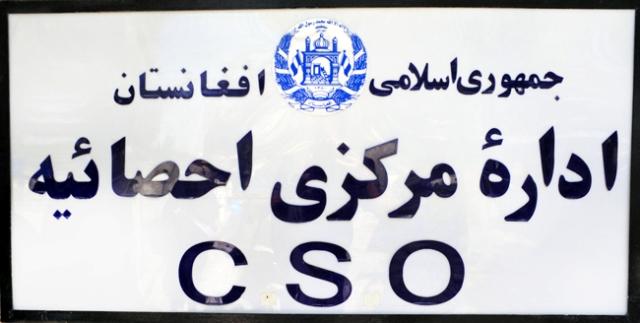KABUL’s population has increased by 500,000 people this year, reaching 27 million, the Central Statistics Organisation (CSO) said on Tuesday.
In its annual report, CSO said the overall population included 13.2 million females and 13.8 million males. The population of nomadic Kuchis was put at 1.5 million.
According to the report, 6.1 million people live in urban stations and the rest of 19.4 in the countryside.
Government employees include 12 women and 240 men with doctorates, while 430 females and 2,697 males have post-graduate degrees.
It said 114 women and 722 male government servants were graduates, with 2,095 male and 15,542 female under-graduates.
The enrollment of female students went up by 4.12 percent and the total number of girls in educational institutes reached 3.4 million, the report said.
The number of teachers was shown at 194,465, including 59,287 females, indicating a 6.9 percent increase in the number of male teachers and 9.7 percent in the number of females.
In the past year, five government-run universities and 22 higher education institutes were established across the country, taking the number of government universities to 31 and private higher education institutions to 65.
Similarly, the report said, 17 new health centres were set up. In spite of progress in the health, the number of HIV-infected people increased by one percent and reached 1,347.
Criminal incidents increased from 7,000 to more than 15,500, including murders, robberies, kidnaps, stealing, corruption, jailbreaks, drug trafficking, bribery, beatings, gambling, rape and prostitution and forgery.
The gross domestic product rose by 10.9 percent to $779, the CSO report said. Goods worth $8,932 million were imported, compared to $414.5 million exports. The increase in exports was recorded at 40 percent and exports at 10 percent.
myn/mud








GET IN TOUCH
NEWSLETTER
SUGGEST A STORY
PAJHWOK MOBILE APP